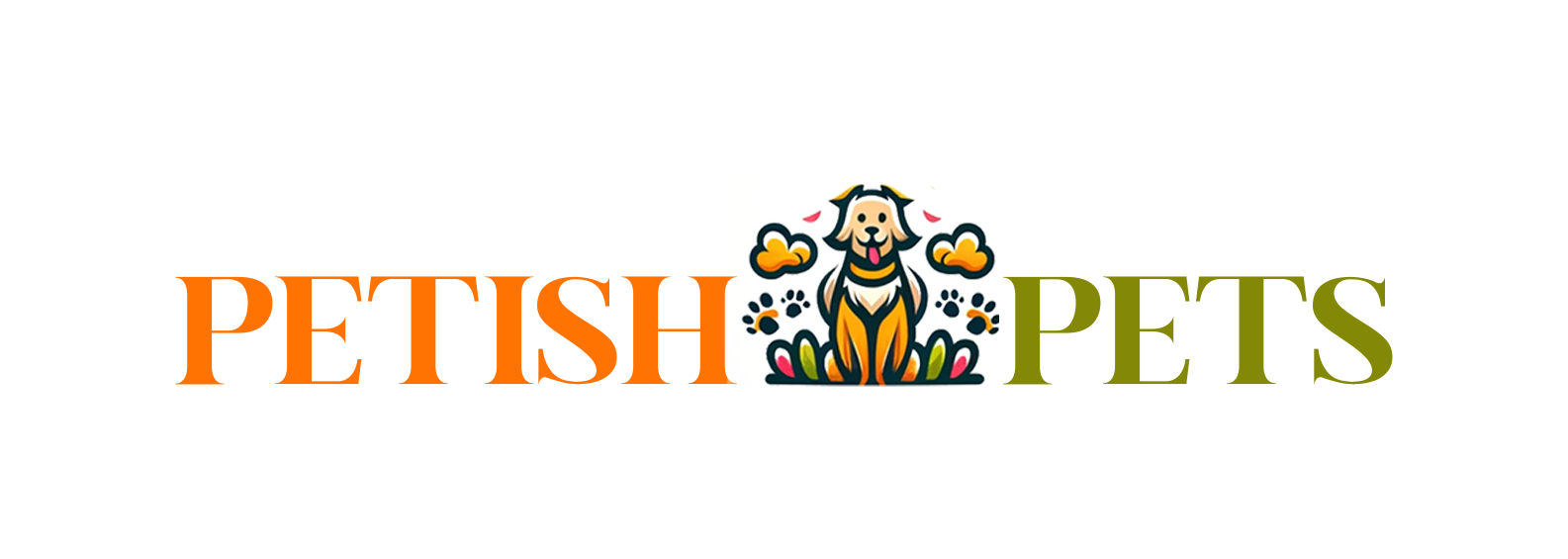Dogs are not just pets; they are family members, and much like children, they need guidance, discipline, and love to learn the ways of the world. Encouraging good behaviour in dogs is an essential aspect of responsible pet ownership, ensuring that the dog leads a happy, healthy, and fulfilled life. However, the key to encouraging such behaviour lies in understanding the canine psyche, reinforcing positive habits, and establishing a bond based on trust and respect.
Understanding the Canine Psyche
At the core of any behaviour modification or training process lies an understanding of the dog’s mind. Dogs, much like their wolf ancestors, are pack animals. They look for structure, hierarchy, and clear indicators of what is expected of them. To foster good behaviour, one must tap into this instinct and provide clear and consistent signals. This doesn’t mean showcasing dominance, but rather showing leadership. Dogs feel more secure and are less likely to exhibit problematic behaviour when they have a calm and confident leader to guide them.
Positive Reinforcement: A Cornerstone of Encouragement
Positive reinforcement involves rewarding the dog for exhibiting the desired behaviour. This can range from verbal praise, like a cheerful “Good job!”, to treats, toys, or playtime. The crucial point here is to ensure the reward immediately follows the good behaviour, making the connection clear for the dog. For instance, if your dog sits on command, immediately reward him so he associates sitting with positive outcomes. Over time, these positive associations build upon themselves, leading to a well-behaved and balanced dog.
While positive reinforcement focuses on rewarding good behaviour, it’s equally crucial to avoid negative reinforcement or punishment. Scolding, shouting, or physical punishment can lead to a fearful and anxious dog, often exacerbating behavioural issues. Instead, focus on redirecting unwanted behaviours towards desired actions. For example, if a dog chews furniture, offer him a toy or bone as an alternative and praise him when he chooses that over the sofa.
Consistency is Key
For dogs, consistency in instruction and response is crucial. Sending mixed signals can confuse a dog, making it hard for him to understand what’s expected. If jumping on the sofa is discouraged one day but allowed the next, the dog may struggle to grasp the rules. All family members should be on the same page regarding permissions and boundaries. This unified front helps the dog to quickly grasp and adhere to household norms.
Building Trust Through Socialization
Socialisation is the process of exposing a dog to various environments, people, animals, and experiences, preferably during their formative puppy days. A well-socialised dog is less likely to react with fear or aggression to unfamiliar situations. Regularly taking your dog to parks, allowing him to meet different people, and exposing him to various stimuli like vehicles, sounds, and other animals can significantly reduce anxiety and undesirable reactions.
Mental Stimulation and Physical Exercise
A bored dog is often a mischievous one. Ensuring that a dog has ample physical exercise and mental stimulation is crucial for good behaviour (especially during your dog’s pregnancy). Regular walks, play sessions, and training exercises can help in burning off excess energy, reducing destructive tendencies. Toys like puzzle feeders or treat-dispensing toys can offer mental challenges, keeping the dog engaged and satisfied.
Establish Clear Boundaries
Dogs feel more secure when they know their limits. Whether it’s designating certain areas of the house as off-limits, setting clear rules about jumping on visitors, or defining playtime and quiet time, these boundaries offer a structure that dogs appreciate. Again, the key here is consistency. Once a boundary is set, ensure it is respected at all times.
Seek Professional Help When Needed
Despite best efforts, some dogs might have deep-rooted behavioural issues stemming from past traumas or genetic factors. In such cases, seeking the help of a professional dog trainer or behaviourist can be invaluable. These experts can offer insights into the specific challenges faced by the dog and provide tailored strategies to address them.
Conclusion
Encouraging good behaviour in dogs is a blend of understanding, positive reinforcement, consistency, and genuine care. With patience and perseverance, any dog owner can foster a deep bond with their dog. It does require consistent effort, but the rewards for both owner and dog are well worth it.




